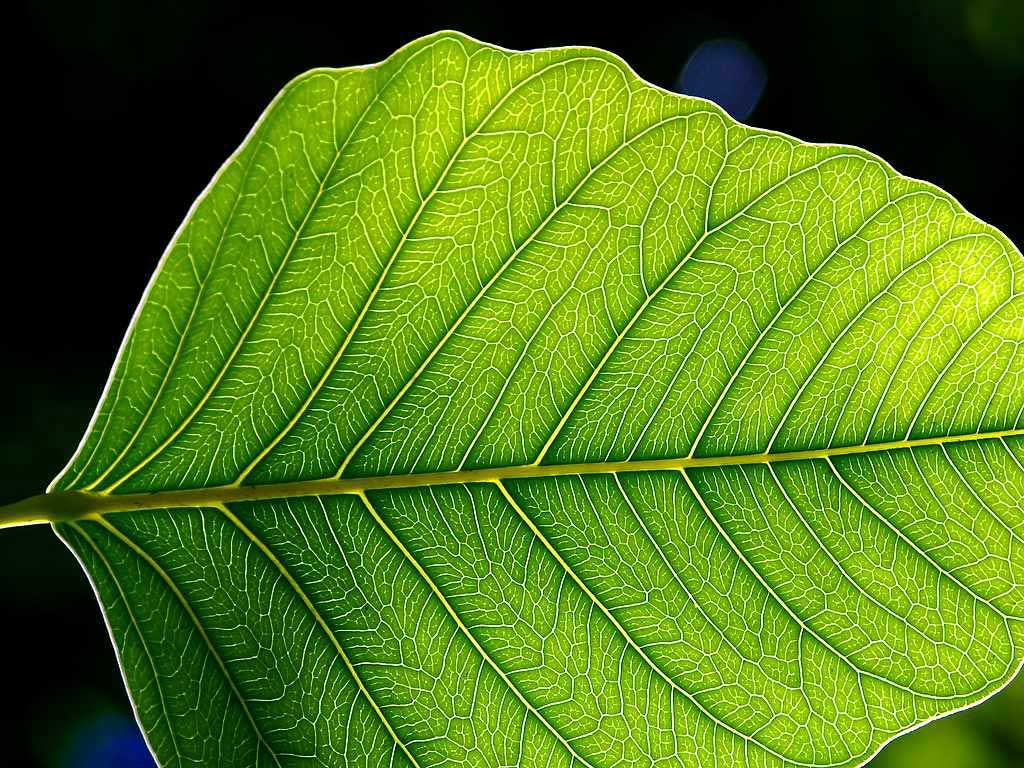Is this my first post after I have started uni? I think so...
A pharmaceutics lecture, and I have my laptop with me. Because I
The lecture now is about filters, and I see some very pretty filters, not Instagram filters, but filters like the picture below.
Ok that is not the exactly the filter that is being mentioned in the lecture, but rather the pretty ones look like this:
 |
| Sintered Glass Filter |
Here's a confession: I never knew that glass wool is made of glass fibres, all these while I thought they were special cotton wools with some magical connection with silicon dioxide.
Something new I learnt from this lecture: filter aids exists. And they are so cool because they act like enzymes by increasing the activity of the filtration!
Of course, there are various types of this magical aids, here's a list:
}Kieselguhr
}It is the most commonly used filter aid, mineral derived from ancient seabed
}Addition of just 0.1% to a slurry containing 20% solid can increase the filtration rate about 5 times
}Talc
}Siliceous earth or clays – perlite is a volcanic mineral
}Charcoals
}Chalk
}Asbestoses
}Magnesium carbonate etc.
The lecturer wants us to memorize at least 3 of these, but I like the first name, and it sounds very canggih-y so I think I must memorize that.
Me: What is Kieselghur?
Wikipedia: Diatomaceous earth/ˌdaɪ.ətəˌmeɪʃəs ˈɜrθ/, also known as D.E.,diatomite, or kieselgur/kieselguhr, is a naturally occurring, soft, siliceous sedimentary rock that is easily crumbled into a fine white to off-white powder.
Oooooh powder.... and I see "siliceous" sedimentary rock.... I think I'll be studying about glass for quite some time now.
 |
| A slide in the lecture. Disclaimer: not by me. |
I'm pretty sure a solid (siliceous sedimentary) rock has all these properties. Well maybe except for the specific gravity, it's specific to certain mediums I guess.
Google: "Specific gravity is the ratio of the density of a substance to the density (mass of the same unit volume) of a reference substance."
We already have enough equations for Physical Pharmacy module and there's this Darcy's equation for rate of filtration. Here's how it looks like:
dV/dt = KAΔP/µl
I'm not going to explain it here but you are welcomed to think of me as some very smart-in-maths/physics student. :)))
Here's another new thingy, there's something known as filter candles!
Yeah I wish they look like that.
Actually they look like this:
}Filter
candles are used for bacterial filtration and sterilization of some
pharmaceutical preparations
The candles are made of unglazed porous porcelain or Kieselghur.
(Lecture note: equipment might cost around RM100, but a candle might only cost RM75)
(Canggih apparatus must be made of canggih names.)
There are also other equipment for filtration such as filter press, sintered filters, meta filters, and filter leaf.
And no you don't just pluck a leaf out of a tree to filter bacteria.
Here's a game, find the filter leaf:
I think it's not hard right, now does a filter leaf remind you chlorophyll and sunlight the gold leaf you learnt in Physics class? So technical....
"Coffee plunger is a filter leaf."
"Wait what?"
Moral of the conversation: Physics is everywhere, you can't escape it, you just don't link it.
Ok there's one more physic-y filter, but please bear with this post I promise it is the last one.
Meta filter.
They look like rings but please don't propose to me with that, unless you think that I am a highly viscous liquid, syrups, elixirs, oils, injectibles or insulin.
(But I will still smack you,)
At the end of the lecture I did not know if I had listened to an hour of home economics or pharmaceutics.
But anyway, as technical as they may seem, they are used in the pharmaceutical industry.








